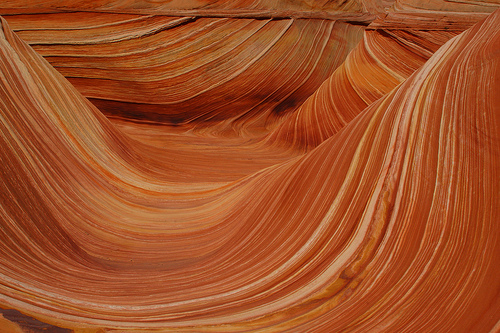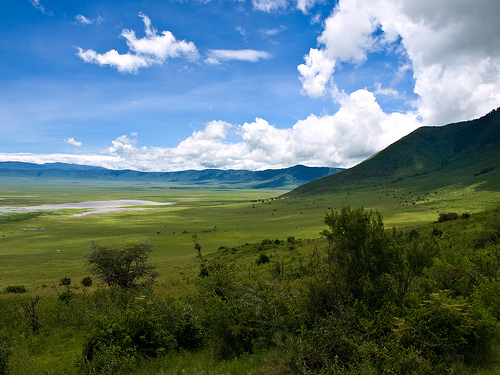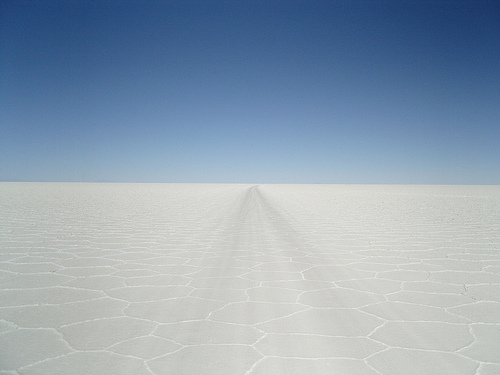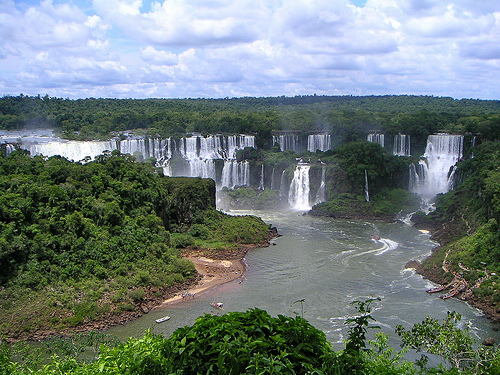
Is Pangong Tso on your list of ‘things you want to do before you die’?
- Pangong Tso is a salt-water lake, and is a type of endorheic basin, meaning that it does not have water flowing out of it and usually has a salt pan at the bottom.
- ‘Pangong Tso’ means “long, narrow, enchanted lake” and it is also known as ‘Pangong Lake’, Banggong Lake’, ‘Banggong Co’ and other various names.
- Pangong Tso has a length of approximately 134 kilometres (83 miles) and a width (at the widest point) of 5 kilometres (3.1 miles), and on the eastern side the water in the lake is fresh, and it gets more salty as you head west.
- Pangong Tso is situated in the Himalayas in Asia, and can be found approximately 4,250 metres (13,940 feet) above sea level, mostly in Tibet, China, but partially in India.
- Pangong Tso is a restricted area, and can only be visited via a permit, which is checked many times at multiple checkpoints.
Pangong Tso
Image courtesy of Gopal Vijayaraghavan/Flickr
- Pangong Tso can only be reached via a rugged and sometimes hazardous mountain road that takes, on average, five hours from Leh.
- Pangong Tso is best visited between June and September and the required permits are issued only to groups of two or more.
- Pangong Tso is coloured in multiple shades of blue and green, and beautifully reflects colours that surround it.
- Pangong Tso is fed by a couple of streams and has some swamp and wetland areas, as well as a ‘bird island’, the highest in the world, where thousands of birds flock to in late spring and summer for breeding purposes.
- Pangong Tso contains fish in the fresh water side of the lake, and only small aquatic crustaceans in the salty, and as well as the birds, some other wildlife can be seen in the area.

























